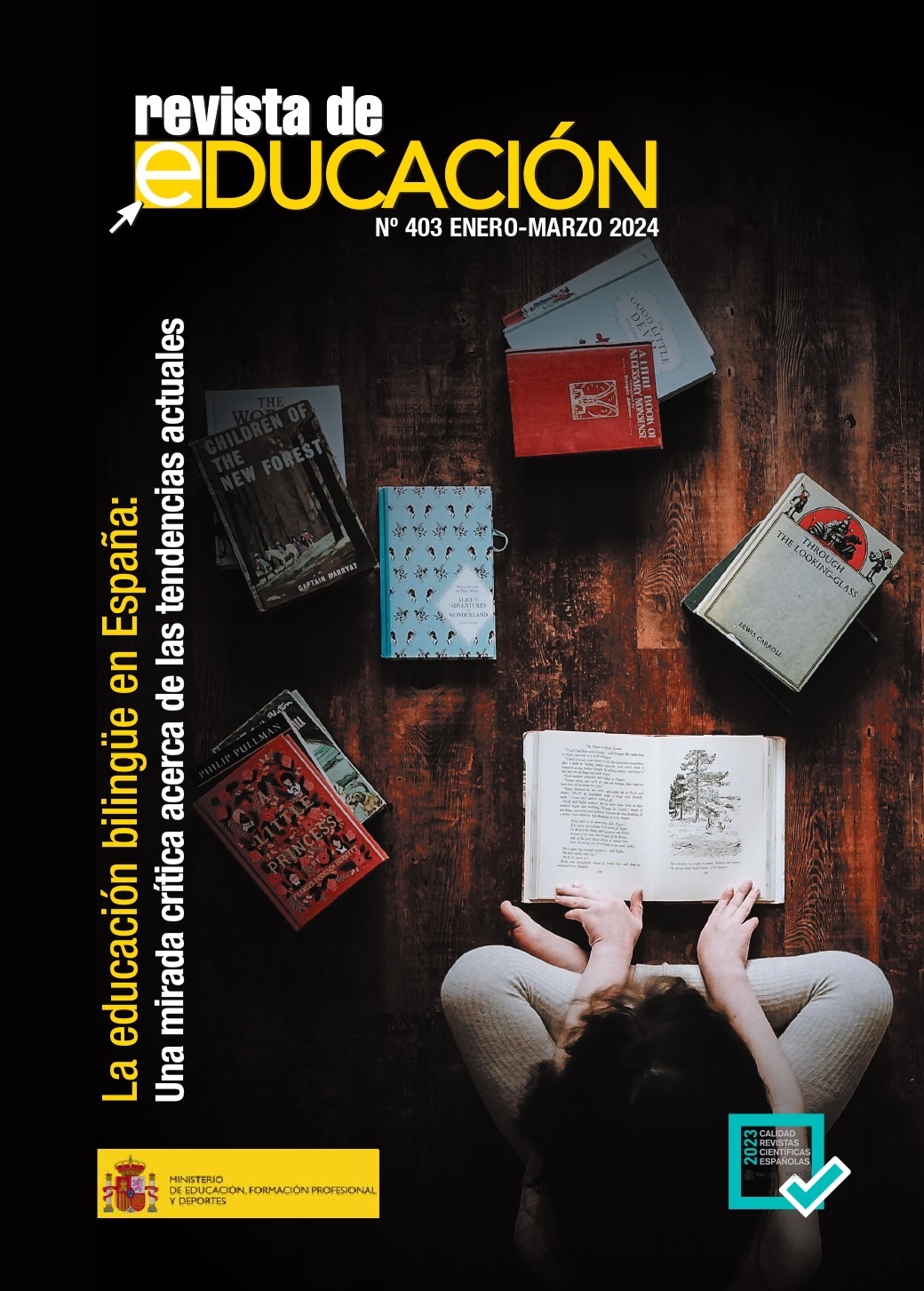Cliling ELT: The effect of the Literacy Approachon students’ motivation
Main Article Content
Abstract
This article examines the of the application of the Literacy Approach, an approach to English language teaching developed in the context of CLIL programs, on student motivation. The Literacy Approach was implemented inthe English lessons in year 5 (N=50) and 6 (N=36) of primary education in a medium-sized charter school with a CLIL program in a village in the north of Madrid. Motivation analyses were carried out using a mixed approach (quantitative and qualitative), studying this construct in various ways: firstly, studying motivation itself in a holistic view. Secondly, distinguishing between its extrinsic and intrinsic components. Lastly, focusing on how this construct evolves in special groups of learners: those witha higher level of English and those who struggle learning the language. Results seems to reflect a positive impact of the Literacy Approach on students’ motivation: an overall high level of motivation is noted throughout the academic year. The highest impact can be seen in the more internalized types of motivation, very much in line with what had been found for CLIL programs in an earlier research project. The increase in this more internalized motivation is especially noticeable in the weaker students in the group.
Key-words: Literacy Approach, ELT, primary education, motivation, CLIL
Key-words: Literacy Approach, ELT, primary education, motivation, CLIL
Article Details
How to Cite
Halbach, A., & Aenlle, M. (2024). Cliling ELT: The effect of the Literacy Approachon students’ motivation. Revista De Educación, 403, 61–88. https://doi.org/10.4438/1988-592X-RE-2024-403-610
Issue
Section
403 MONOGRÁFICO.La Educación Bilingüe en España: Tendencias Actuales y Retos

